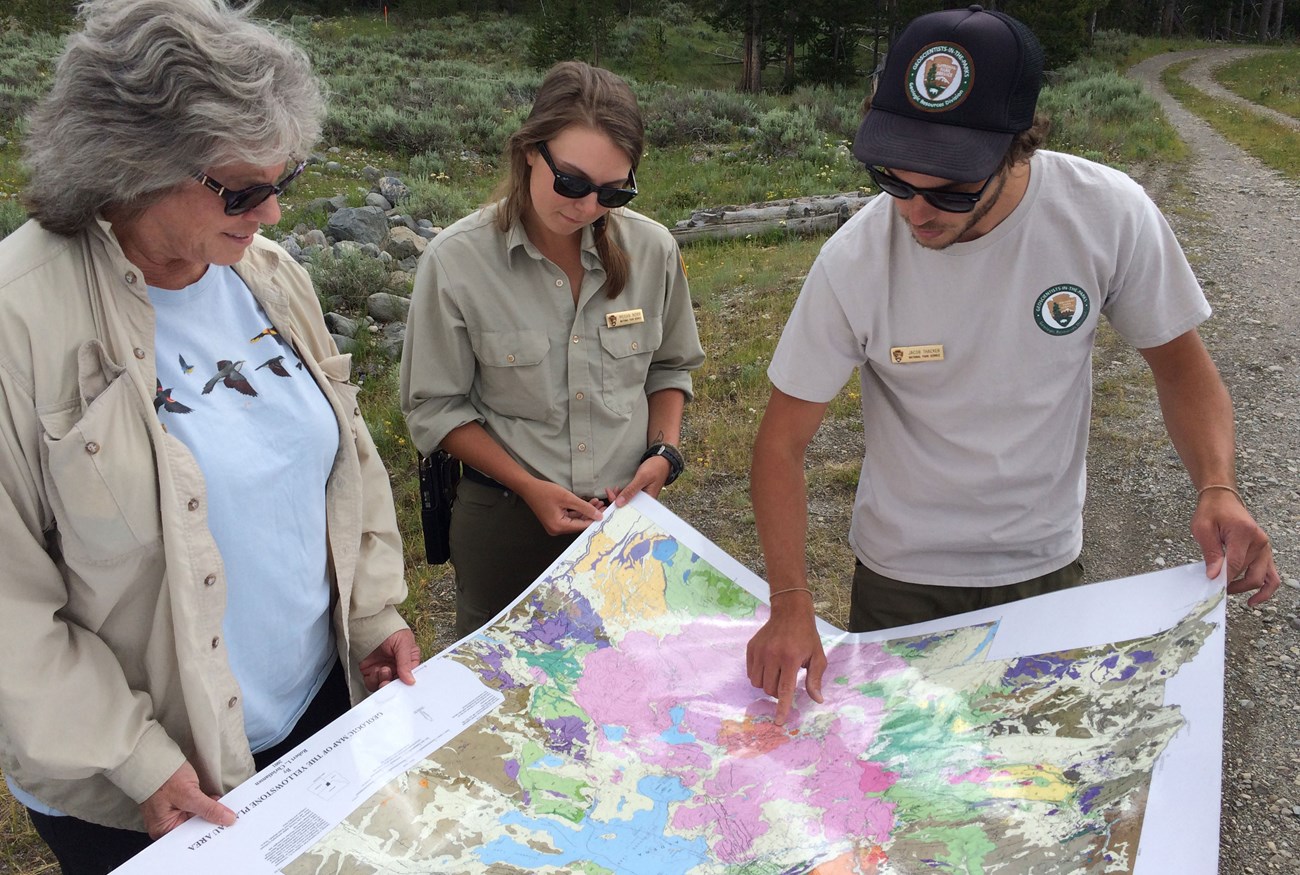
Understanding ScienceScience is a particular way of knowing about the world. In science, explanations are limited to those based on observations and experiments that can be repeated and substantiated by other scientists. Explanations of physical and biological phenomenon that are not based on empirical evidence from observations or experiments are not a part of science (Ayala et al. 1999, Kennedy et al. 1998). Much scientific discovery is done through indirect experimentation and observation in which inferences are made. For instance, particle physicists cannot directly observe subatomic particles because the particles are too small to observe directly. They must make inferences about the weight, speed, and other properties of the particles based on other observations. Historical SciencesIn geology, rocks document events known to have occurred, for example volcanic eruption, but were not observed, in many cases because humans were not living yet. Thus, scientists (and you) can learn about the natural world even if they cannot directly observe a phenomenon. Scientific disciplines that make logical inferences about past phenomenon are called historical sciences. Astronomy, geology, paleontology, evolutionary biology, and archaeology are all historical sciences. In historical sciences inferences are made and then tested against data obtained from observational/experimental science such as chemistry, physics, and biology. Geoscience FundamentalsAstronomers, geologists, archaeologists, and paleontologists have done much to help clarify the geologic past, in particular, the formation of some fundamental principles such as uniformitarianism, superposition and original horizontality, cross-cutting relationships, lateral continuity, faunal succession, organic extinction, organic evolution, and plate tectonics. Underscoring these principles is an appreciation of the immensity of geologic time, which is necessary to understanding both the physical and biological history of Earth. These principles, and all science, are based on the assumption that the natural world behaves in a consistent and predictable manner. This implies that physical laws operate on many scales—from the smallest atomic particle to the largest, most distant galaxy. It also implies that these physical laws have operated without deviation throughout time. The Process of Science is IterativeProgress in science consists of the development of better explanations for the causes of natural phenomena; an example being plate tectonics. Many scientific explanations have been so thoroughly tested and confirmed that they are held with great confidence. Yet, scientists can never be absolutely sure that a given explanation is complete and final; this is the self-correcting nature of science. Some of the hypotheses advanced by scientists turn out to be incorrect in light of new observations or tests using new experimentation. Nevertheless, while a particular theory may be modified or changed, the observational and experimental data that resulted in the original theory are still valid; moreover, the knowledge of natural laws are not abandoned but are incorporated into a new or revised theory (Pojeta and Springer 2001). |
Last updated: February 10, 2020
